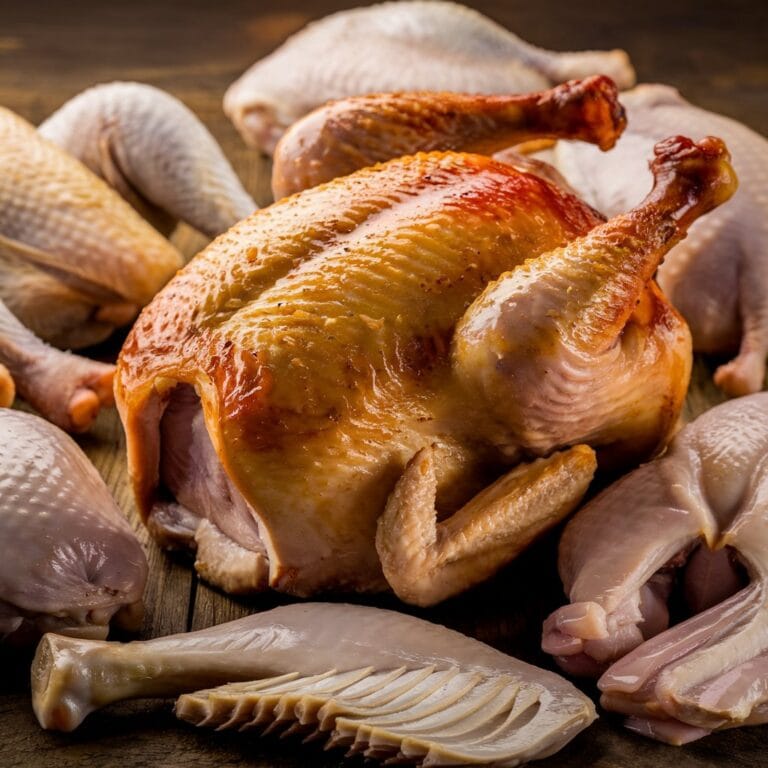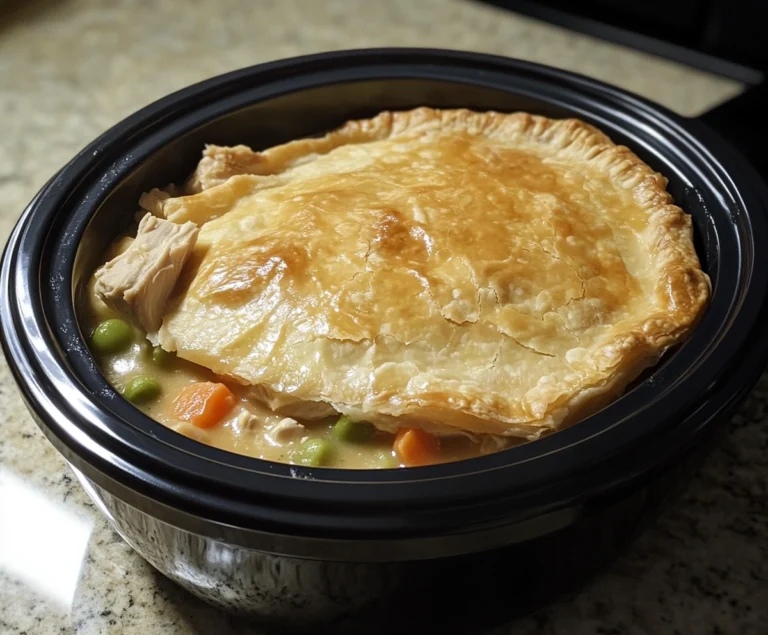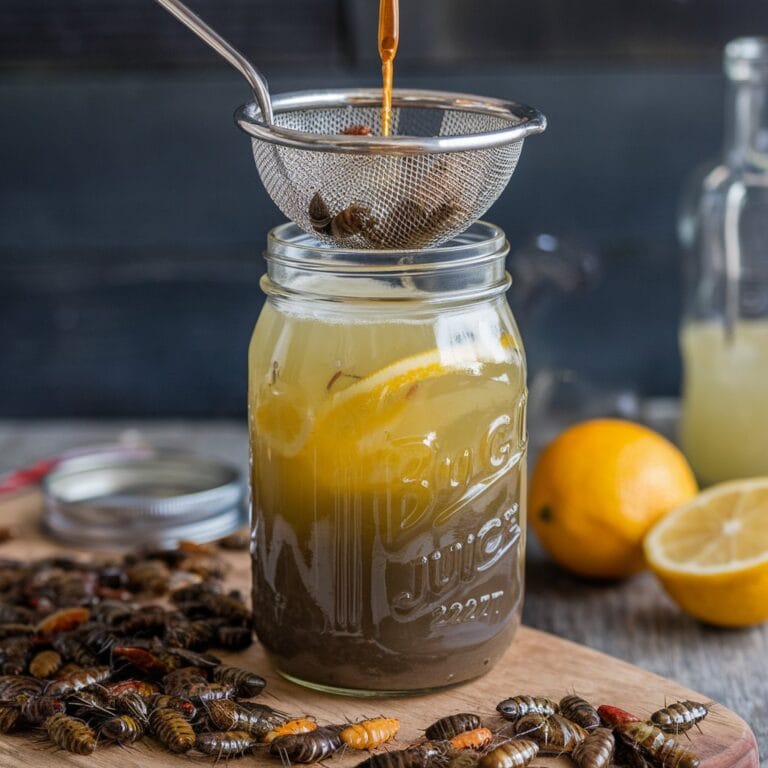Is Beef Noodle Soup the Same as Pho? A Comprehensive Exploration of Two Iconic Dishes
Beef noodle soup and pho are two of Asia’s most beloved noodle dishes, each representing rich culinary traditions. While both feature noodles, beef, and broth, they are fundamentally different in flavor, preparation techniques, and cultural significance.
Historical Roots
Pho originates from Vietnam, where it became popular in the late 19th century, influenced by French colonial cuisine. Pho’s broth is clear and aromatic, typically made by simmering beef bones with spices such as cinnamon, star anise, and ginger. The dish is usually served with thin, flat rice noodles and garnished with fresh herbs, lime, and bean sprouts.
On the other hand, beef noodle soup has its roots in Taiwan, strongly influenced by the spicy, bold flavors of Sichuan cuisine. This dish features a dark, rich broth flavored with soy sauce, garlic, and Sichuan peppercorns. The noodles are thicker and wheat-based, offering a heartier texture than the delicate noodles used in pho.
1. Origins and Cultural Significance of Pho and Beef Noodle Soup
1.1 Pho: A Symbol of Vietnamese Resilience and Culture
Pho, Vietnam’s national dish, symbolizes more than just a bowl of noodles—it represents a deep connection to the country’s colonial past and its spirit of adaptability. Pho likely emerged in the late 19th century in Northern Vietnam, influenced by French colonial dishes such as pot-au-feu (French beef stew). The word “pho” probably derived from the French word “feu” (fire), which reflects the method of slow-cooking beef bones over a fire.
Pho’s journey from northern Vietnam to the rest of the world began in the 1950s, when the division of Vietnam caused many northerners to migrate south. They brought their culinary traditions, and pho eventually gained popularity throughout the country. The dish offers a harmonious blend of sweet, salty, sour, and umami flavors, and its fresh herbs and spices reflect Vietnam’s tropical climate.
In Vietnam, pho has become a daily breakfast dish. Its simplicity—rice noodles in a light broth with fresh herbs and thinly sliced beef—makes it a quick, delicious meal often found at street vendors or local markets.
Cultural Importance: Pho serves as more than just food in Vietnam. It encapsulates the nation’s culinary heritage and represents balance and simplicity. Today, people across the world enjoy pho, from high-end restaurants to local eateries, making it a global representation of Vietnamese pride.
1.2 Beef Noodle Soup: Taiwan’s Culinary Masterpiece
On the other hand, beef noodle soup holds a special place in Taiwanese culinary culture. Its roots trace back to the Chinese Civil War, when Sichuanese immigrants introduced their bold, spicy cuisine to Taiwan. As Taiwanese chefs adapted the flavors, beef noodle soup became one of the country’s most celebrated dishes.
Known locally as niu rou mian, beef noodle soup is revered for its hearty, rich broth, which combines soy sauce, chili oil, and Sichuan peppercorns. The beef in the dish—often braised in spices for hours—becomes incredibly tender, while the noodles provide a satisfying texture.
In Taiwan, beef noodle soup holds the title of a national dish. Locals hold annual beef noodle soup festivals, where chefs showcase innovative variations of the dish, further cementing its cultural status.
Cultural Importance:
Much like pho in Vietnam, beef noodle soup in Taiwan reflects local pride. It serves as comfort food for many Taiwanese families, and its versatility allows chefs to put their own spin on the dish.
2. Key Ingredients: Pho and Beef Noodle Soup Differ in Their Core Components
Although both pho and beef noodle soup contain beef, noodles, and broth, their key ingredients vary significantly, which results in unique flavors.
2.1 Key Ingredients in Pho
- Broth: Pho’s broth achieves its light, clear texture by simmering beef bones with aromatic spices like cinnamon, star anise, cloves, and ginger for several hours. The slow simmering process extracts the flavor without clouding the broth.
- Noodles: Pho uses thin, flat rice noodles, which have a light texture that complements the broth without overpowering it. The noodles absorb the broth’s subtle flavors.
- Beef: Pho often includes thin slices of rare beef, added to the broth right before serving. The hot broth gently cooks the beef, keeping it tender. Other cuts of beef, such as brisket or beef balls, may also appear in some variations.
- Toppings: Fresh herbs play a vital role in pho. Diners typically garnish their bowls with cilantro, basil, bean sprouts, lime wedges, and chili peppers. These additions enhance the broth’s flavor while adding crunch and acidity.
2.2 Key Ingredients in Beef Noodle Soup
- Broth: In contrast, beef noodle soup features a rich, dark broth flavored with soy sauce, garlic, ginger, and Sichuan peppercorns. This hearty base simmers for over 12 hours, resulting in a deep umami flavor that distinguishes it from pho’s lighter broth.
- Noodles: Beef noodle soup relies on thick, chewy wheat noodles, which provide a heartier texture compared to pho’s rice noodles. These noodles complement the robust broth and braised beef.
- Beef: Unlike the thin slices of beef in pho, beef noodle soup typically uses chunks of braised beef. The beef is slow-cooked with soy sauce, creating melt-in-your-mouth pieces that enhance the richness of the dish.
- Toppings: Beef noodle soup often comes with pickled mustard greens, scallions, and cilantro. These garnishes balance the soup’s savory broth, adding a fresh, tangy contrast.
3. Preparation Techniques: Creating Distinct Flavor Profiles
Both pho and beef noodle soup require time and care in their preparation, but the methods differ based on the desired flavors and textures.
3.1 How to Make Pho: Focus on Lightness and Balance
Pho’s preparation revolves around creating a broth that balances rich flavors with a light, clear texture. The following steps outline the process:
- Simmering Beef Bones: Chefs simmer beef bones for several hours to extract their flavors without boiling them. This ensures a clear broth that isn’t too heavy.
- Adding Aromatic Spices: Whole spices such as cinnamon, star anise, and ginger are toasted before adding them to the simmering broth. These spices infuse the broth with their subtle warmth.
- Straining the Broth: After simmering, chefs strain the broth to remove impurities. This step keeps the broth light and clean.
- Cooking Noodles and Beef: Rice noodles cook quickly in boiling water, while the thinly sliced beef is either added raw or lightly cooked before serving.
- Serving with Fresh Toppings: Fresh herbs, lime wedges, and bean sprouts are served on the side, allowing diners to customize their bowls according to their preferences.
3.2 How to Make Beef Noodle Soup: Depth and Boldness
The process of making beef noodle soup focuses on building a broth that delivers deep, rich flavors. Here’s how it’s done:
- Braising the Beef: Chefs braise beef in soy sauce, garlic, and ginger. This initial step locks in the beef’s flavor and ensures it becomes tender during the long cooking process.
- Simmering the Broth: The broth is made by simmering beef bones, soy sauce, Sichuan peppercorns, and chili oil for over 12 hours. The slow cooking allows the ingredients to meld into a complex, spicy broth.
- Adding Heat and Spice: Near the end of cooking, more chili oil and peppercorns may be added to give the broth its characteristic heat.
- Cooking Noodles Separately: Thick wheat noodles are cooked separately to prevent them from getting soggy in the broth.
- Finishing with Garnishes: Pickled mustard greens, scallions, and cilantro are added before serving. These garnishes cut through the richness of the broth, providing a refreshing contrast.
4. Distinct Flavor Profiles: Light vs. Bold
The most noticeable difference between pho and beef noodle soup is their flavor profiles. Both dishes deliver unique tastes due to their broths, noodles, and toppings.
4.1 Pho’s Light and Balanced Flavors
Pho offers a light, balanced experience. Its broth shines with fragrant spices, but it remains gentle on the palate. The fresh herbs and lime add brightness, while the rice noodles provide a soft, delicate texture. Pho’s flavor is complex yet soothing, which explains why many people enjoy it as a breakfast dish in Vietnam.
4.2 Beef Noodle Soup’s Bold and Hearty Flavors
In contrast, beef noodle soup is much bolder. The dark broth, with its soy sauce and chili oil base, delivers a powerful umami punch. The braised beef adds a savory, melt-in-your-mouth texture, while the chewy wheat noodles stand up to the rich broth. Beef noodle soup’s spicy heat and full-bodied flavor make it a satisfying and comforting meal, particularly in colder months.
5. Nutritional Comparisons: Pho vs. Beef Noodle Soup
Both dishes provide substantial nutritional value, but their differences in ingredients and preparation result in varying calorie, fat, and sodium levels.
5.1 Pho’s Nutritional Profile
- Calories: A standard bowl of pho contains around 400-500 calories, making it a relatively light meal.
- Protein: The thin slices of beef offer a good source of protein, and variations with brisket or beef balls increase the protein content.
- Fat: Pho is low in fat, especially if the broth is skimmed of excess fat. The focus on fresh herbs and lime keeps the dish light.
- Sodium: Depending on the broth’s seasoning, pho can be high in sodium, though it’s often less salty than beef noodle soup.
5.2 Beef Noodle Soup’s Nutritional Profile
- Calories: Beef noodle soup tends to be more calorie-dense, with a typical bowl ranging from 600 to 800 calories.
- Protein: The chunks of braised beef provide a higher protein content than pho, making beef noodle soup a more filling dish.
- Fat: The addition of chili oil and braised beef increases the fat content. While flavorful, this makes the dish heavier than pho.
- Sodium: Beef noodle soup is generally higher in sodium due to the soy sauce in the broth. For those monitoring their salt intake, this is an important consideration.
6. Regional Variations of Pho and Beef Noodle Soup
As pho and beef noodle soup have spread beyond their countries of origin, chefs around the world have adapted the dishes to suit local tastes.
6.1 Regional Variations of Pho
- Pho Bac (Northern Vietnam): In Hanoi, pho uses fewer garnishes and has a clearer, simpler broth. The flavor focuses more on the beef and bones, with minimal sweetness.
- Pho Nam (Southern Vietnam): Southern pho tends to be richer, with a sweeter broth. Diners in the south often add more garnishes, such as basil, bean sprouts, and lime, resulting in a more complex flavor profile.
6.2 Regional Variations of Beef Noodle Soup
- Taiwanese Beef Noodle Soup: The traditional Taiwanese version features a dark, soy-based broth with large chunks of beef. It is often served spicy, with a strong, savory flavor.
- Sichuan Beef Noodle Soup: In Sichuan, chefs increase the heat by adding more chili oil and peppercorns. This version delivers a spicier, more intense experience.
7. Global Popularity and Modern Adaptations
Both pho and beef noodle soup have made their mark on the global food scene, especially in countries like the United States, Canada, and Australia.
7.1 Pho’s Global Popularity
Pho has become a beloved dish worldwide, particularly in Western countries. The simplicity of its ingredients and its fresh, customizable nature have made it a popular choice for diners seeking a healthy and flavorful meal. In cities like Los Angeles, New York, and Sydney, pho shops have become local favorites.
Pho has also inspired fusion dishes such as pho tacos and pho burgers, where the flavors of pho are incorporated into Western cuisine. These modern adaptations show how flexible pho can be, while still retaining its essence.
7.2 The Rise of Beef Noodle Soup
Although pho gained international recognition earlier, beef noodle soup has also gained traction in the global culinary scene. Its bold, hearty flavors make it a favorite in cold-weather regions, where diners appreciate its warmth and spiciness. Taiwanese restaurants in major cities like San Francisco and Vancouver serve beef noodle soup as a signature dish, often experimenting with luxury ingredients like wagyu beef or truffle oil.
8. Frequently Asked Questions (FAQs)
What’s the main difference between pho and beef noodle soup?
- Pho has a light, clear broth made with spices like star anise and cinnamon, while beef noodle soup uses a rich, dark broth with soy sauce, chili oil, and Sichuan peppercorns.
Is pho healthier than beef noodle soup?
- Pho is generally lighter in calories and fat, while beef noodle soup is heartier and more filling due to its richer broth and braised beef.
Can you use the same ingredients for both dishes?
- While both dishes feature beef and noodles, the broths and seasonings are different, so it’s not possible to use the same ingredients without altering the flavor significantly.
Conclusion: Pho and Beef Noodle Soup Are Unique in Their Own Right
While pho and beef noodle soup both feature noodles, beef, and broth, they are fundamentally different dishes. Pho’s light, aromatic broth and fresh herbs offer a balanced and refreshing meal, while beef noodle soup provides a bold, savory experience with its rich, spicy broth and hearty noodles.
Both dishes have grown beyond their countries of origin, gaining global recognition and inspiring fusion creations around the world. Whether you prefer the delicate flavors of pho or the robust, comforting taste of beef noodle soup, both dishes serve as perfect examples of the rich culinary traditions in Vietnam and Taiwan.







